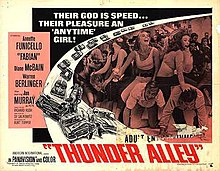
Fabian Anthony Forte, professionally known as Fabian, is an American singer and actor.
American International Pictures LLC is an American film production company owned by Amazon MGM Studios. In its original operating period, AIP was an independent film production and distribution company known for producing and releasing films from 1955 until 1980, a year after its acquisition by Filmways in 1979.
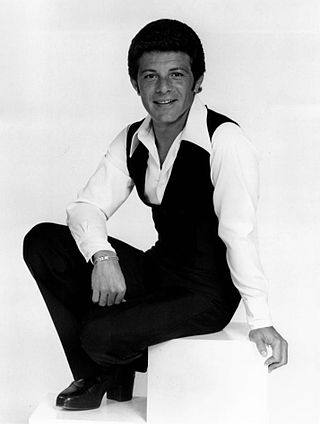
Francis Thomas Avallone , better known as Frankie Avalon, is an American actor, singer, and former teen idol. He had 31 charting U.S. Billboard singles from 1958 to late 1962, including number one hits, "Venus" and "Why" in 1959. He is the earliest surviving singer to have scored a solo number one hit on the Billboard Hot 100.
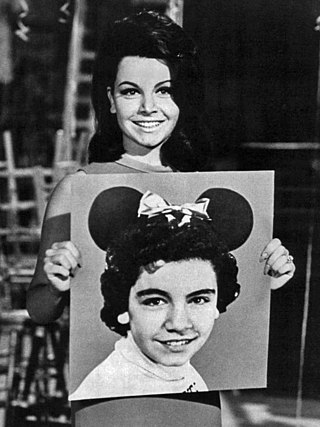
Annette Joanne Funicello was an American actress and singer. She began her professional career at age 12, becoming one of the most popular Mouseketeers on the original Mickey Mouse Club. In her teenage years, Funicello had a successful career as a pop singer recording under the name "Annette". Her most notable singles are "O Dio Mio", "First Name Initial", "Tall Paul", and "Pineapple Princess". During the mid-1960s, she established herself as a film actress, popularizing the successful "Beach Party" genre alongside co-star Frankie Avalon.

The Shaggy Dog is a 1959 American fantasy comedy film produced by Walt Disney Productions and loosely based on the 1923 novel The Hound of Florence by Felix Salten. Directed by Charles Barton from a screenplay by Lillie Hayward and Bill Walsh, the film stars Fred MacMurray, Tommy Kirk, Jean Hagen, Kevin Corcoran, Tim Considine, Roberta Shore, and Annette Funicello. The film follows a teenage boy named Wilby Daniels who, by the power of an enchanted ring of the Borgias, is transformed into a shaggy Old English Sheepdog.

Thomas Lee Kirk was an American actor, best known for his performances in films made by Walt Disney Studios such as Old Yeller, The Shaggy Dog, Swiss Family Robinson, The Absent-Minded Professor, and The Misadventures of Merlin Jones, as well as the beach-party films of the mid-1960s. He frequently appeared as a love interest for Annette Funicello or as part of a family with Kevin Corcoran as his younger brother and Fred MacMurray as his father.

The Monkey's Uncle is a 1965 American comedy film starring Tommy Kirk as genius college student Merlin Jones and Annette Funicello as his girlfriend, Jennifer. The title plays on the idiom "monkey's uncle" and refers to a chimpanzee named Stanley, Merlin's legal "nephew" who otherwise has little relevance to the plot. Jones invents a man-powered airplane and a sleep-learning system. The film is a sequel to 1964's The Misadventures of Merlin Jones.

The beach party film is an American film genre of feature films which were produced and released between 1963 and 1968, created by American International Pictures (AIP), beginning with their surprise hit, Beach Party, in July 1963. With this film, AIP is credited with creating the genre. In addition to the AIP films, several contributions to the genre were produced and released by major and independent studios alike. According to various sources, the genre comprises over 30 films, with the lower-budget AIP films being the most profitable.

Richard Rush was an American film director, scriptwriter, and producer. He is known for directing The Stunt Man, for which he received a nomination for the Academy Award for Best Director. His film Color of Night won a Golden Raspberry Award as the worst film of 1994, but Maxim magazine also singled the film out as having the best sex scene in film history. Rush, whose directing career began in 1960, also directed Freebie and the Bean, a police buddy comedy/drama starring Alan Arkin and James Caan. He co-wrote the screenplay for the 1990 film Air America.
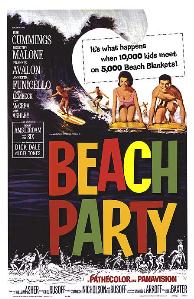
Beach Party is a 1963 American film and the first of seven beach party films from American International Pictures (AIP) aimed at a teen audience. This film is often credited with creating the beach party film genre.
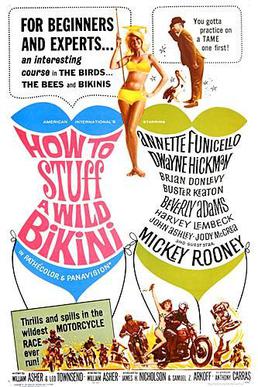
How to Stuff a Wild Bikini is a 1965 Pathécolor beach party film from American International Pictures. The sixth entry in a seven-film series, the movie features Mickey Rooney, Annette Funicello, Dwayne Hickman, Brian Donlevy, and Beverly Adams. The film features a brief appearance by Frankie Avalon and includes Buster Keaton in one of his last roles.

Beach Blanket Bingo is a 1965 American beach party film directed by William Asher. It is the fifth film in the Beach Party film series. The film stars Frankie Avalon, Annette Funicello, Linda Evans, Deborah Walley, Paul Lynde, and Don Rickles. Earl Wilson and Buster Keaton appear. Evans's singing voice was dubbed by Jackie Ward.
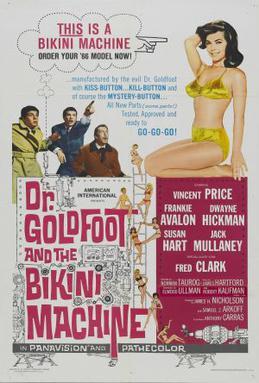
Dr. Goldfoot and the Bikini Machine is a 1965 Pathécolor comedy film directed by Norman Taurog and distributed by American International Pictures. Starring Vincent Price, Frankie Avalon, Dwayne Hickman, Susan Hart and Jack Mullaney, and featuring Fred Clark, the film is a parody of the then-popular spy trend, made using actors from AIP's beach party and Edgar Allan Poe films. The film was retitled Dr G. and the Bikini Machine in England due to a threatened lawsuit from Eon, holder of the rights to the James Bond series.

Ghost in the Invisible Bikini is a 1966 American fantasy comedy film. It is the seventh and last of American International Pictures' beach party films. The film features the cast cavorting in and around a haunted house and the adjacent swimming pool.

Pajama Party is a 1964 beach party film starring Tommy Kirk and Annette Funicello. This is the fourth in a series of seven beach films produced by American International Pictures. The other films in this series are Beach Party (1963), Muscle Beach Party (1964), Bikini Beach (1964), Beach Blanket Bingo (1965), How to Stuff a Wild Bikini (1965), Ski Party (1965) and The Ghost in the Invisible Bikini (1966).

Dr. Goldfoot and the Girl Bombs is a 1966 Eurospy comedy film, made in Technicolor and directed by Mario Bava. Serving as a sequel to two unrelated films, Dr. Goldfoot and the Bikini Machine and Two Mafiosi Against Goldginger, the film stars Vincent Price, Fabian, Francesco Mulé, Laura Antonelli, and the Italian comic duo Franco and Ciccio.

It's a Bikini World is a 1967 American musical comedy film starring Tommy Kirk, Deborah Walley and Bobby Pickett. The film features cameos by the music groups the Gentrys, the Animals, Pat & Lolly Vegas, the Castaways and R&B girl group the Toys. Featuring a pro-feminist plotline, it is the only film in the beach party genre to be directed by a woman.
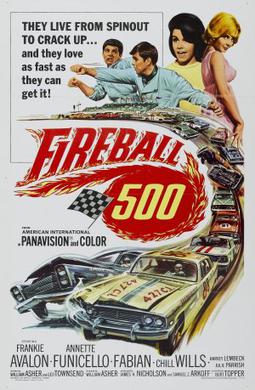
Fireball 500 is a 1966 stock car racing film, blended with the beach party film genre. A vehicle for stars Frankie Avalon, Annette Funicello, and Fabian, it was one of a string of similar racing films from the 1960s. Written by William Asher and Leo Townsend, and directed by William Asher, it tells the story of Dave Owens (Avalon), a stock car racer forced to run moonshine.

Maryjane is a 1968 feature film starring Fabian as a high school art teacher who is framed for drug possession.
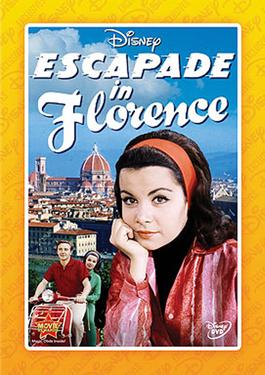
"Escapade in Florence" is a two-part episode of the The Magical World of Disney television show which was released theatrically in some countries. Walt Disney described it as a "two-part teenage comedy adventure" which was "international in flavor". The show first aired on September 30 and October 7, 1962, and was repeated in June 1963 and June 1969.
